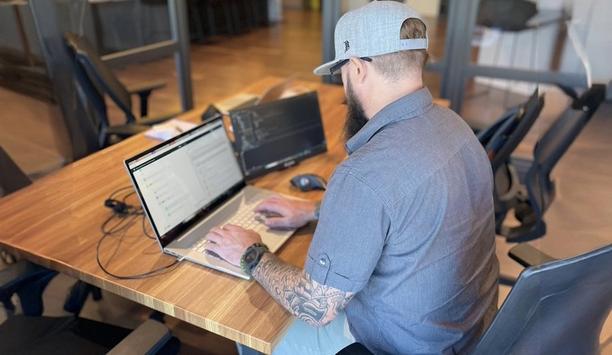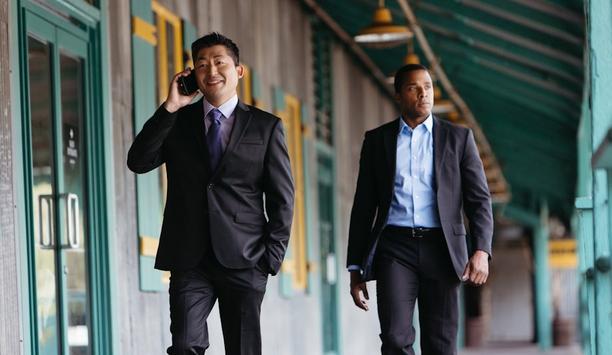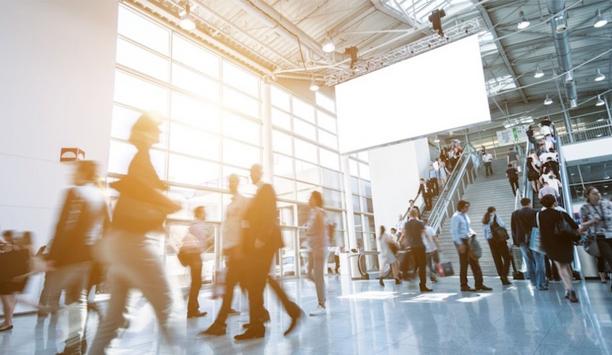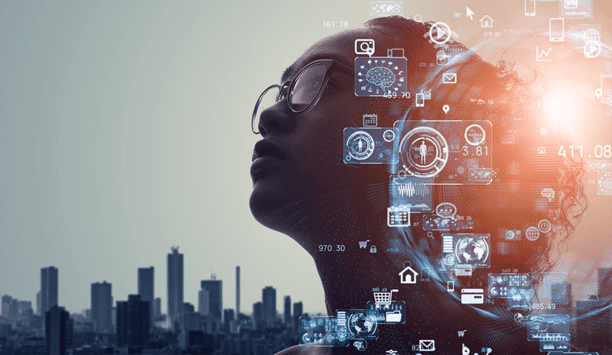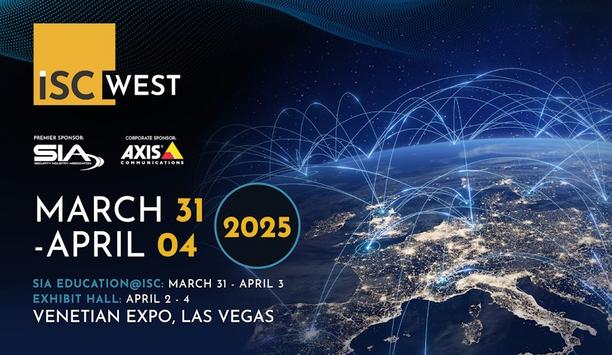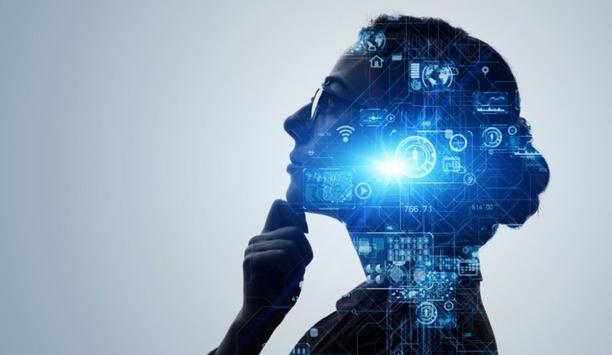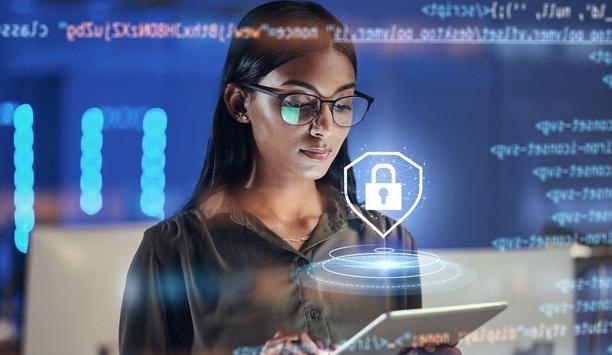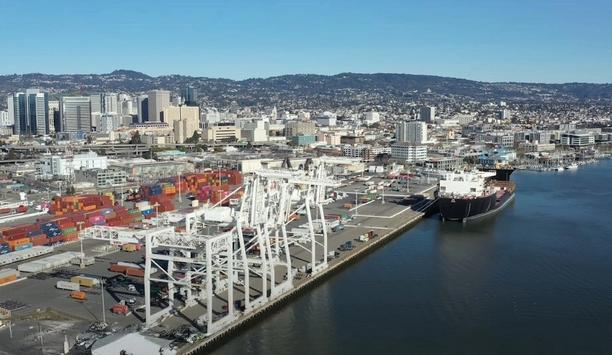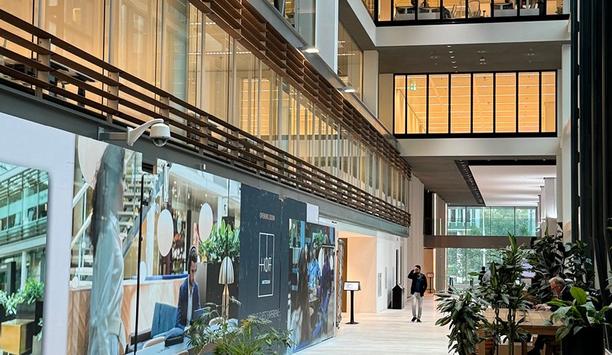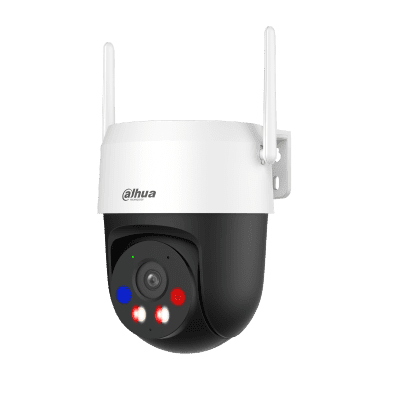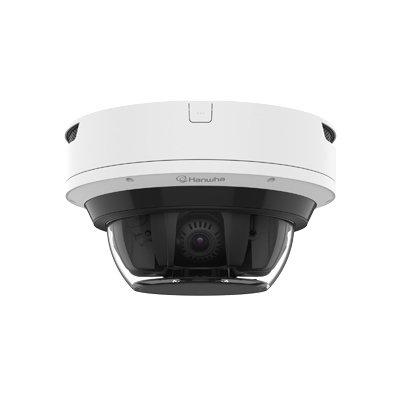Second guessing is to be expected in the wake of terrorist attacks like the recent tragedy in Paris. After such attacks, security and intelligence professionals are prone to soul-searching – and to speaking out on the public airwaves –to address important questions: Could we have prevented it? What should we have done?
There tend to be two categories of second-guessing. The first centres on the idea that the intelligence community should have known about the planned attack and pre-empted it. A problem with this line of thought is that, even given the most effective intelligence efforts, there is little likelihood that we can prevent every attack. As they say, the good guys have to be lucky every time, but the terrorists only have to be lucky once.
Cost to privacy
A related factor here is the idea of privacy: What level of privacy are we as a planet willing to give up in the name of preventing what number of terrorist attacks? Would no privacy yield the equivalent of no attacks? This issue has been raised in relation to the possibility that the Paris terrorists “went dark” – i.e., communicated using encryption – to foil any possibility of the plot being detected. Would less use of encryption make us safer (while also conceding commensurate privacy)?
The clear preference of the public at large is that the intelligence community succeed in foiling every terrorist conspiracy without ever impinging on any individual’s right to privacy. But reality often requires a tradeoff.
Role of physical security
The clear preference of the public at large is that the intelligence community succeed in foiling every terrorist conspiracy without ever impinging on any individual’s right to privacy. But reality often requires a tradeoff |
The other category of second-guessing is specific to our physical security marketplace: Couldn’t we have done something to protect the targeted venue(s) and the lives that were lost? The problem here is that terrorists often attack “soft” (unprotected) targets, such as public places where additional security equipment would either be onerous or impractical. Here the tradeoff is between a possible terrorist attack and an individual’s right to walk freely down the street, or to be at Times Square on New Year’s Eve, or at a football stadium or auditorium in Paris. How many metal detectors are tolerable in the interest of security? How much access control? What is the acceptable level of video surveillance (which is most useful for capturing the terrorists – if they haven’t already blown themselves up)? For that matter, what level of police presence?
How much freedom in our everyday lives must we give up to be how much more safe?
Protecting public spaces
You clearly can’t secure every public place. New York City Police Commissioner Bill Bratton recently commented on the unmanageable number of targets. It’s impossible to protect them all, he says. “Anyone who thinks they can is crazy,” he commented. “One of the things we attempt to do is to protect larger venues – Times Square, for example, or … all the French entities in the city [after the Paris attacks.]”
One could argue that, given the state of the world, it’s a miracle that we don’t have more terrorist attacks than we do. Credit goes to the successful work of the intelligence community (and perhaps our willingness to be surveilled) that has kept the number of such attacks so low over the last several years.
Not much comfort in the aftermath of events like the Paris tragedy, however.












